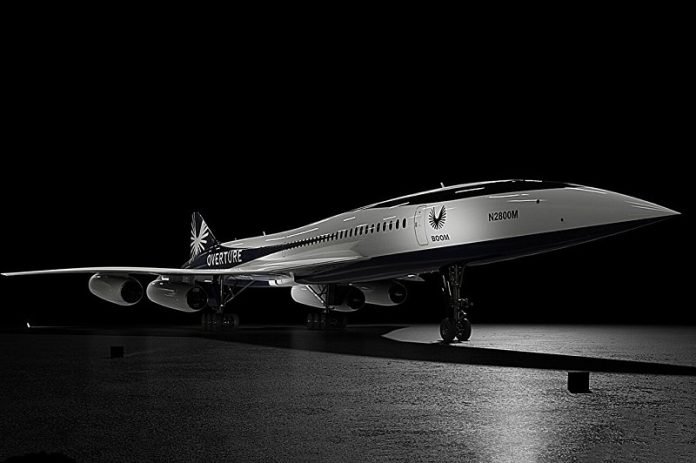
If you could fly from New York to London in half the time, would you?
With a renewed interest and investment in commercial supersonic flight, that’s what some companies hope to achieve.
Supersonic flights, which cross the sound barrier, haven’t been available to the public since Concorde shut down in 2003 due to sky-high ticket prices and an infamous 2000 crash that killed 113 people.
The military still uses supersonic jets and, more recently, NASA, which in January unveiled the X-59, a single-seat supersonic research aircraft.
But alongside NASA’s reveal comes a slew of companies like Boom Supersonic, Spike, and Exosonic that are all racing to bring this kind of high-speed flight to the public.
They all promise the new wave of supersonic air travel will be quieter, more sustainable, and more affordable for passengers, but Bruce Mamont, a flight instructor and former Boeing employee who now teaches courses on flight and aircraft propulsion at Northeastern University’s Seattle campus, has doubts.
“Is it feasible? Sure. Is it practical? Maybe. Is it commercially viable? I’m extremely skeptical,” Mamont says.
The cost comes down to numerous aerodynamic and practical questions that every airline has to consider, according to Mamont, but the main issue is drag, the force acting in opposition to an object’s movement.
The propulsion systems on airplanes accelerate the plane to a speed where there is enough airflow going over the wings so that the plane can lift off the ground.
The plane then climbs, usually at a steady, slow speed, until it reaches a constant, fast cruising speed.
Once at cruising speed, the plane is not accelerating or decelerating, which means the only force the engines have to compensate for is drag, Momont says.
“Once you start going into transonic and supersonic speeds, the air kind of can’t get out of its own way, and as a result, the drag goes up hugely, which means the requirement for fuel goes up hugely,” Mamont says.
“The more fuel you have to carry, the less stuff that makes you money you can carry, and there are practical limitations on how big you can make the airplane.”
Increasing the size of an airplane would mean room for more passengers, but it creates added demand on airport infrastructure, something large planes like the Airbus 380 have already done, notes Mamont.
Together, all these challenges add up, and Mamont isn’t sure supersonic airlines could avoid passing along that cost to passengers.
“The biggest problem is going to be it’s just really expensive to go fast for the distances where being able to go fast will make a difference,” Mamont says. “How much more would people be willing to pay to shave off a significant portion of the time aloft for long haul flights?”
There are also lingering questions about just how environmentally sustainable supersonic flight would be.
The International Air Transportation Association pledged that airlines will achieve net zero carbon emissions by 2050, and the focus of the airline industry has been shifting toward sustainable fuel sources like batteries, hydrogen and even biofuel that use less fuel.
Companies like Boom have stated their planes will use sustainable fuel sources, but Mamont points out that sustainable fuel sources are often more expensive than fossil fuels. And since supersonic flights move at such high speeds, they will always use more fuel, even if they’re flight time is shorter.
“To carry the mass of hydrogen you’re going to need to have enough thrust is another practical constraint,” Mamont says.
“A lot of people like hydrogen because they think it’s cleaner burning. It is, but the reason that we use fossil fuels is because they have a lot of energy density. Again, what’s the business case for doing this? I just haven’t seen one.”
Written by Cody Mello-Klein, Northeastern University



